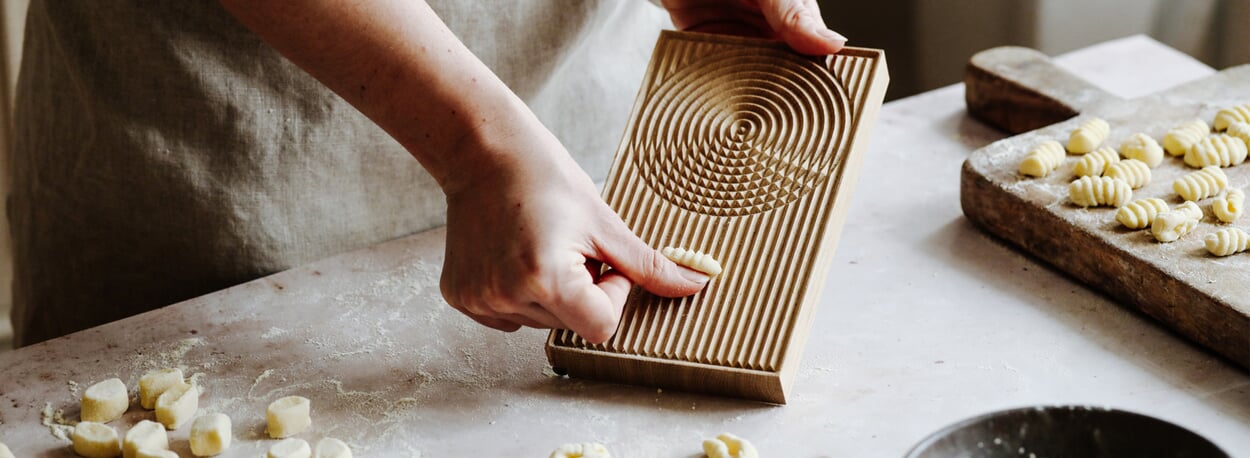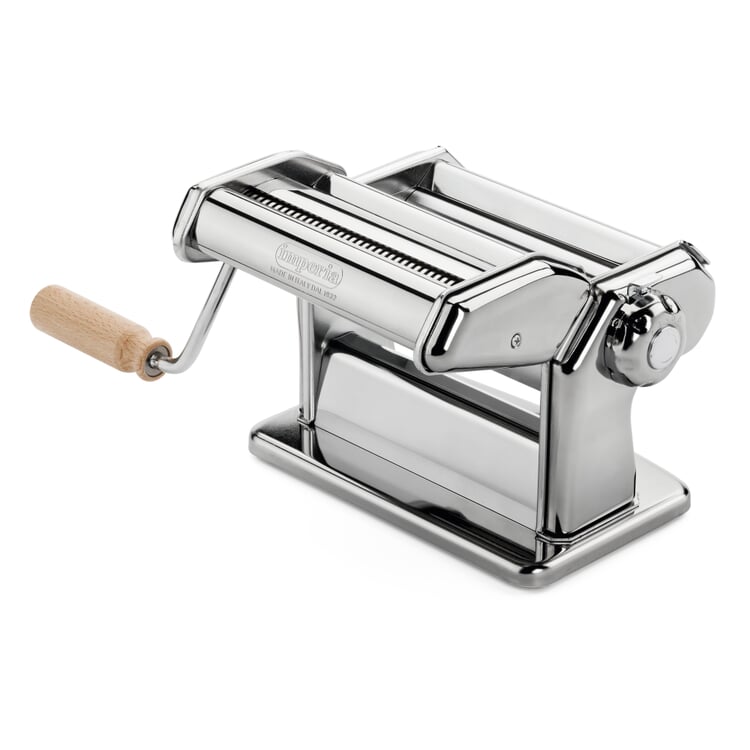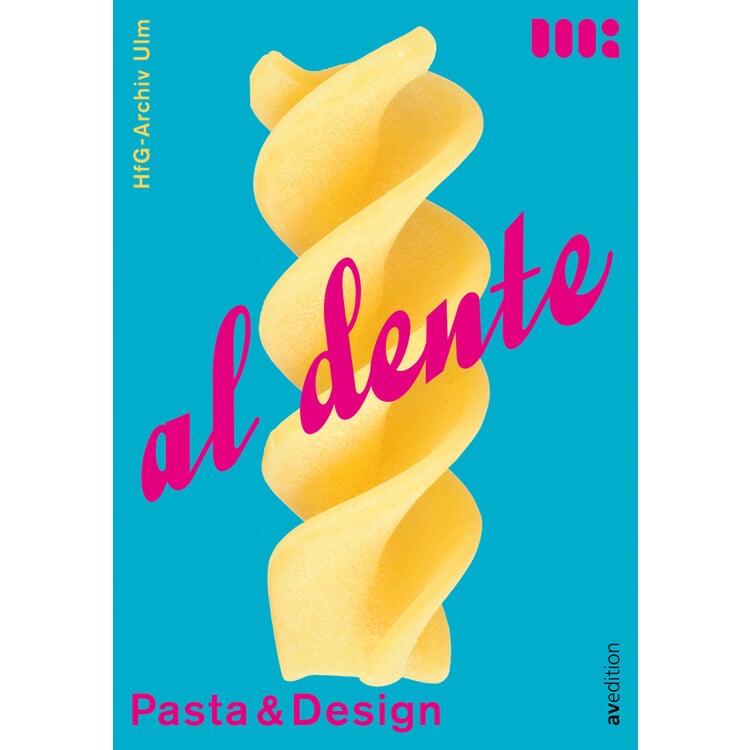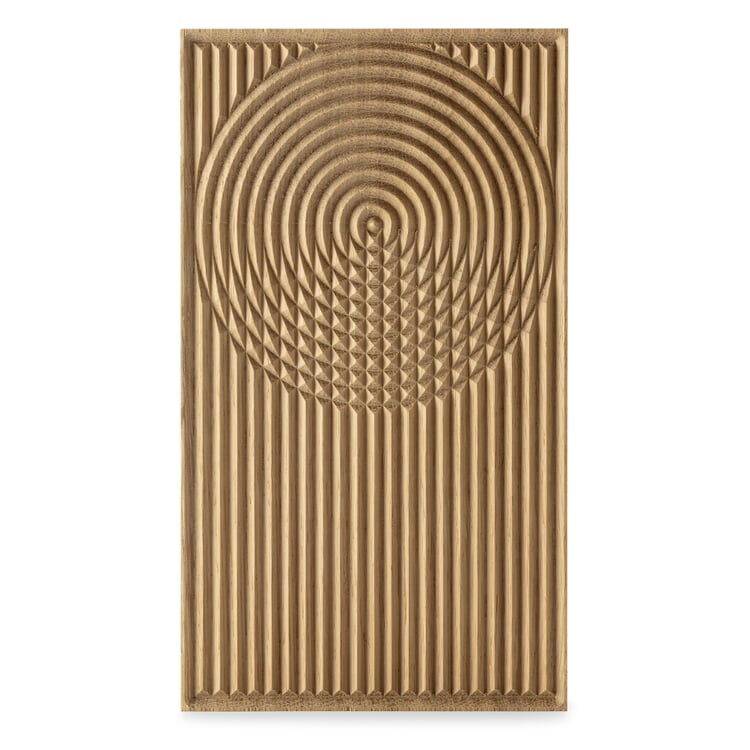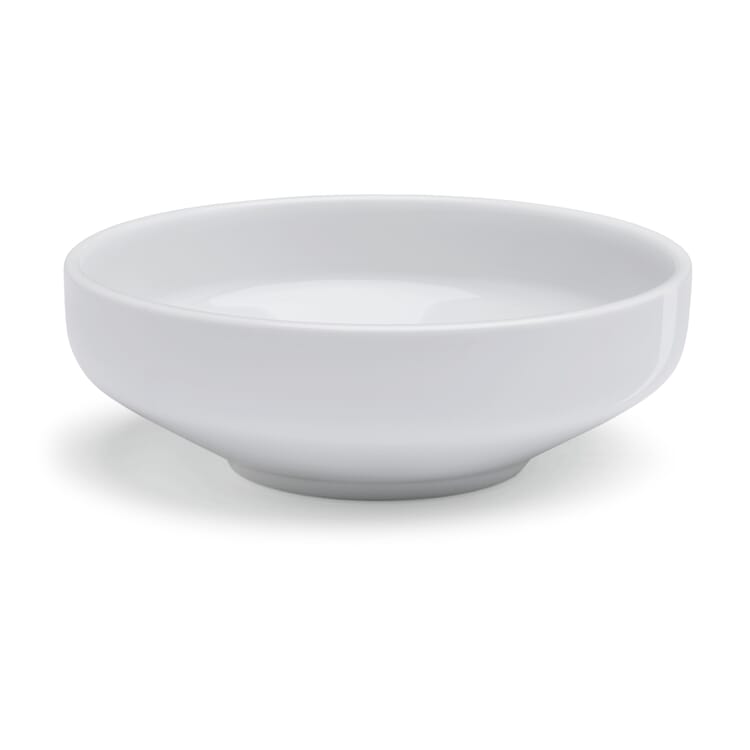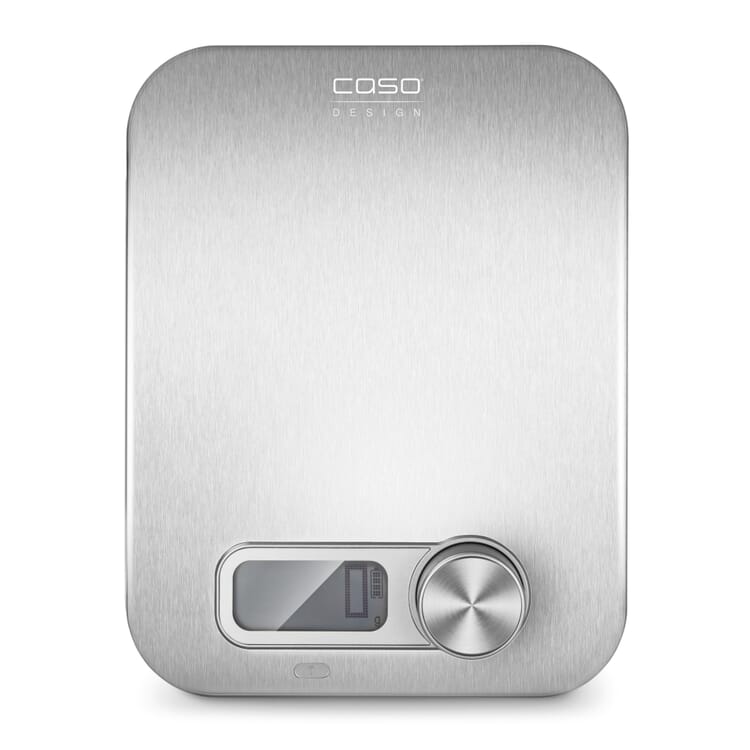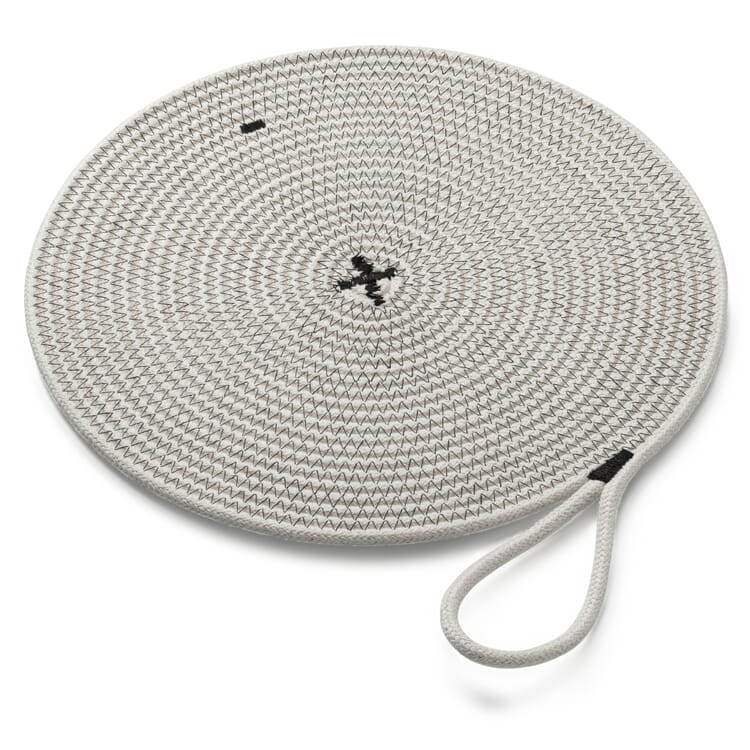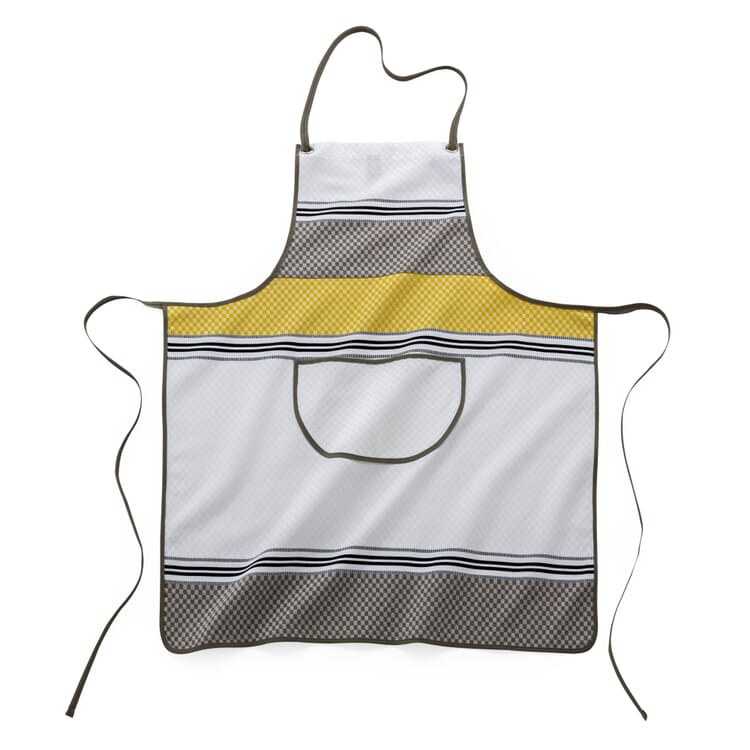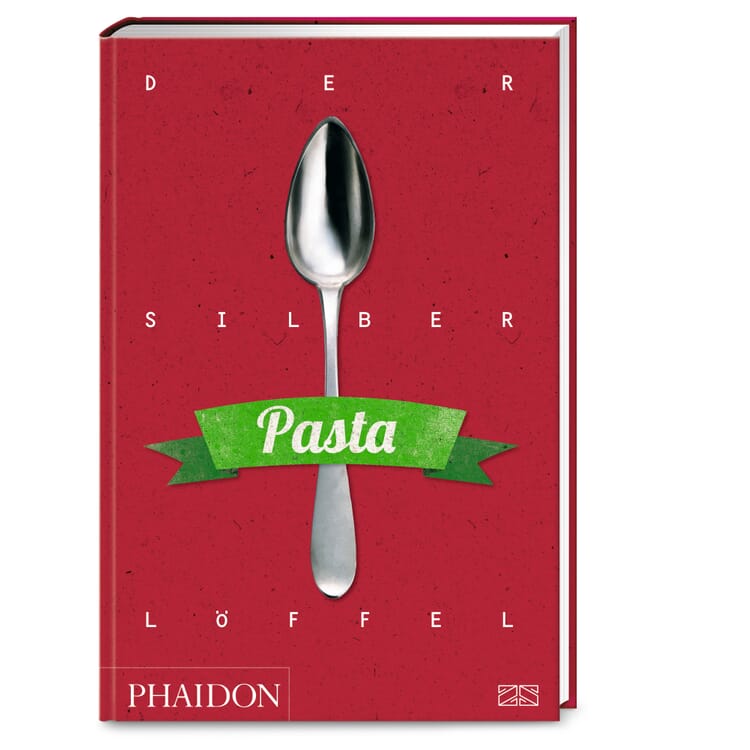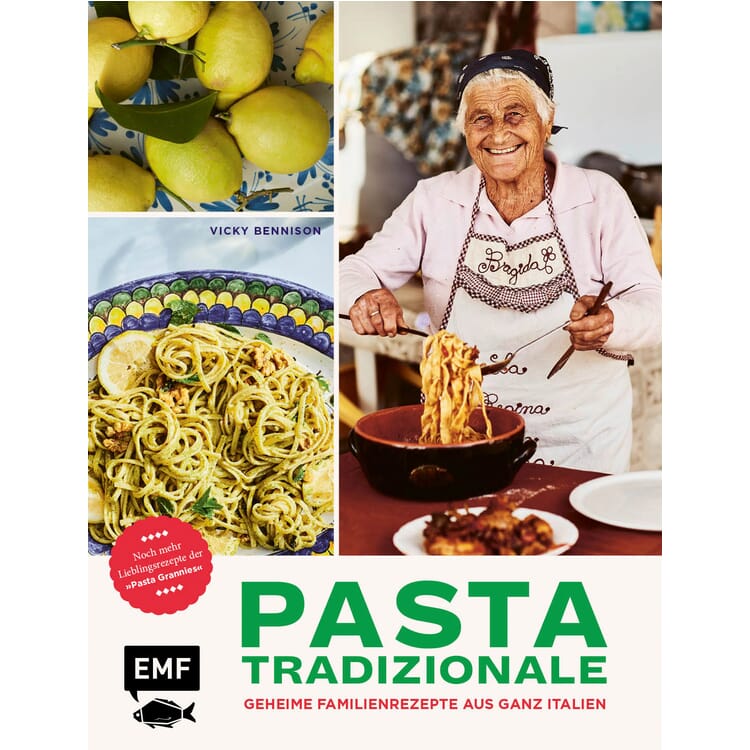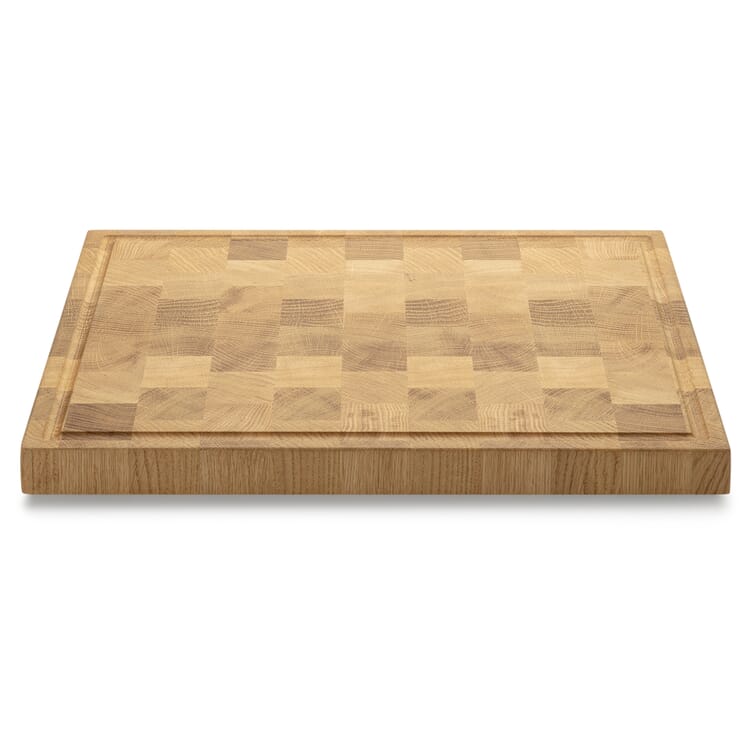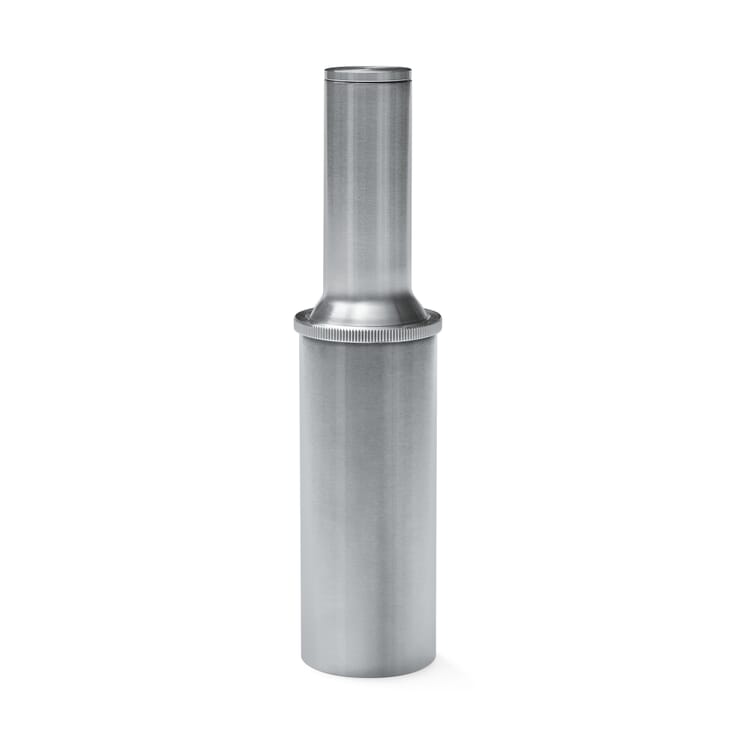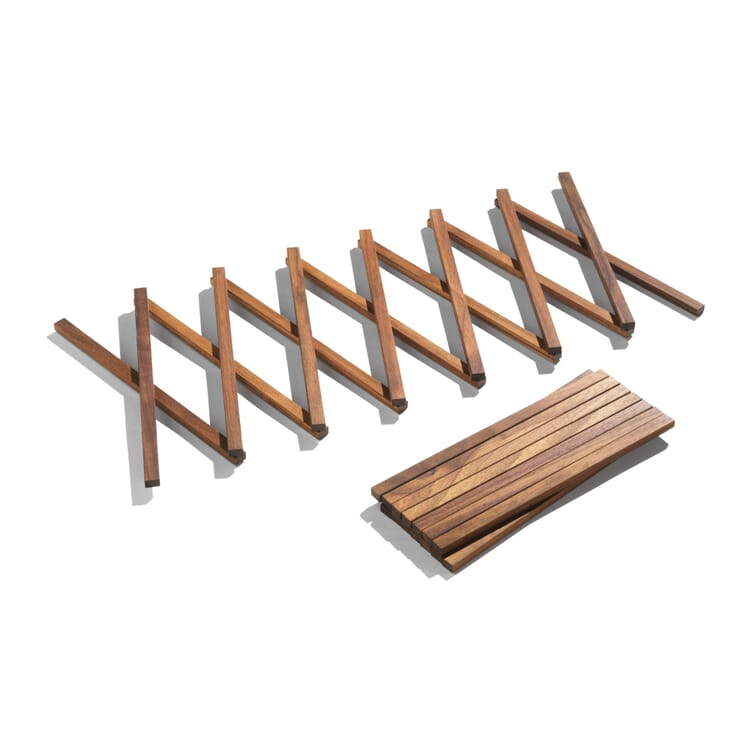Inspiration
Design in sauce
**Pasta has been filling people up and making them happy for thousands of years. But the cooked dough is not only a staple food, but also a design task, as the variety of Italian pasta shows. And, incidentally, rigatoni, conchiglie and agnolotti prove that the dictum form follows function can bring pleasure ** Text: Jasmin Jouhar
What would have to be invented urgently if it didn't already exist? The pasta! Which family can get by without the obligatory spaghetti with tomato sauce? The almost worldwide spread of pasta and pasta-like dishes alone proves how universal the concept of cooked dough is. But who actually invented pasta? Certainly not the Italians, as the oldest surviving specimens of humanity were found in China, a bowl of millet pasta that is around four thousand years old. The prehistoric noodles are long and thin and resemble modern-day spaghetti. However, noodle-like pasta also existed in the Mediterranean region and the Middle East in ancient times. Research assumes that the food appeared on the human menu several times and independently of each other. However, when it comes to creativity in dealing with shapeless lumps of dough, the Italians are still unrivaled today. The leading design nation has not only achieved great things in the design of cars, furniture, appliances and lighting. No other culture has produced such a diverse repertoire of pasta shapes. The wealth of design solutions for the mixture of wheat and water is so impressive that exhibitions have even been dedicated to the subject, such as the recent "Al Dente. Pasta & Design" at the HfG Archive in Ulm, for which there is an accompanying book worth reading (see below). Italian cuisine distinguishes between pasta made from durum wheat semolina, which is more common in the south, and pasta made from flour and egg, which is typical of the north and is prepared fresh. This has given rise to countless regional variations that are combined with certain ingredients or eaten on certain occasions. Everyone knows spaghetti, cannelloni and ravioli, but not necessarily canestri, malloreddus, radiatori or strozzapetri. The variety of Italian pasta also confirms the somewhat, excuse me, overused design dictum of form follows function. Tubular pasta such as penne or rigatoni owe their shape to the task of absorbing as much juicy, strong sugo as possible. Grooves (rigate) enhance the effect, and the slanted cut of the penne ensures that the sauce is literally shoveled into the noodle when stirred. Round, bowl-shaped varieties such as orecchiette or conchiglie, which are inspired by mussels, work in a similar way. Finer, lighter sauces require equally fine carriers, from spaghettini and linguine to vermicelli or the delicate capelli d'Angelo. The idea of wrapping the dish directly in the pasta dough has always fired the imagination of chefs, as ravioli, agnolotti and tortellini prove in the most delicious way. But pasta design is not an orthodox functionalism. While all the grooves, ruffles, folds and spikes may have their practical purpose, they are also an expression of the joy of detail and decoration. Not all types of pasta known today are of traditional, artisanal origin - industrialization in the 19th century considerably expanded the possibilities. With the help of mechanical pressing processes, a strand of dough is pressed through dies, comparable to the extrusion of metals, ceramics or plastic. Of course, prominent designers have devoted themselves to pasta - the appeal of seeing their own designs on thousands of plates is too great. HfG lecturer Walter Zeischegg was one of the first to attempt this on behalf of Birkel, but without any edible results. Vehicle designers Giorgio Giugiaro and Walter de Silva also developed new variations - as did the inevitable Philippe Starck. Japanese designer Kenya Hara even launched a competition for innovative pasta shapes in the 1990s. But what all these pasta creations have in common is that they are somehow cerebral and complicated, lacking the ingenious simplicity, indeed the wit, of classic shapes. It looks like there is nothing left to improve on the pasta.
Nothing beats fresh, homemade pasta. This machine makes it much easier to quickly process the dough you have kneaded yourself: rolling out even, smooth sheets of dough as the basis for making a wide variety of pasta types is effortless with its help. If the dough is sufficiently floured beforehand, it does not stick to the rollers (which makes it easier to clean). We purchase the machine from an Italian manufacturer of professional pasta machines for use in restaurants and delicatessens, which has more than 70 years of production experience. A detailed instruction manual with basic recipes for dough and various pasta sauces is included.
Pasta and design have countless points of contact, as the beloved pasta is the prime example of a product of serial mass production - not just since the beginning of industrialization 150 years ago, but for many hundreds of years. So why not take a look at the interplay between pasta and design? This book takes a look at the many dimensions of pasta and design: the formers, communication design, pasta designs by star designers as well as art, commerce, the countless kitchen gadgets and the Ulm School of Design (HfG), where the first ever designer pasta was once created. The historical, culinary, philosophical and everyday cultural facets of pasta are also presented. The authors take us into their colorful worlds of pasta and noodles.
The pasta insert simplifies the preparation of Italian pasta to perfection. It fits into the medium saucepan (3.8 l capacity, item number 25437) from the Portuguese stainless steel series. The steamer insert, which we also offer for this range, can also be used to melt the tomatoes for the sugo or perhaps steam a few broccoli florets at the same time.
This pasta board is a must-have for fans of homemade pasta specialties. Gnocchi made from potato dough can be shaped on it just as easily and quickly as malloreddus, also known as gnocchetti sardi, pasta made from durum wheat dough. The enclosed stainless steel rod with a round cross-section, called ferro or ferretto in Italy, expands the culinary possibilities. With its help, you can make maccheroni or fusilli al ferro from durum wheat dough, for example. If you prepare a pasta dough from soft wheat flour (Tipo 00) and egg, you will end up with all kinds of tubular pasta that can be shaped using ferro and a pasta board, such as garganelli or penne. The pasta horn - the round decoration - worked into the wood can be used to make Ligurian-style corzetti.

